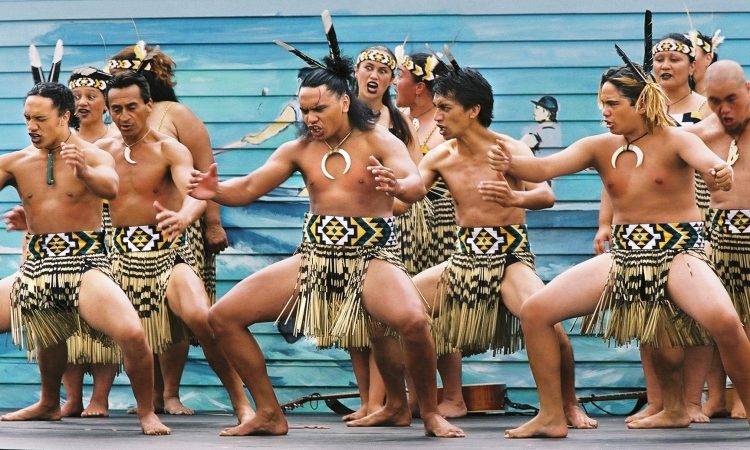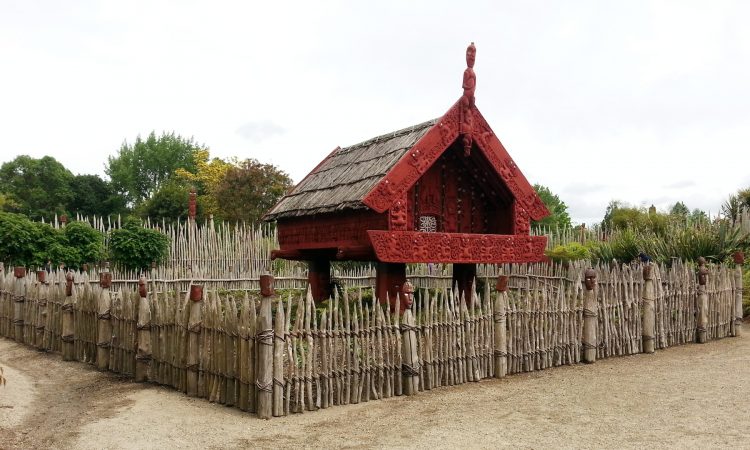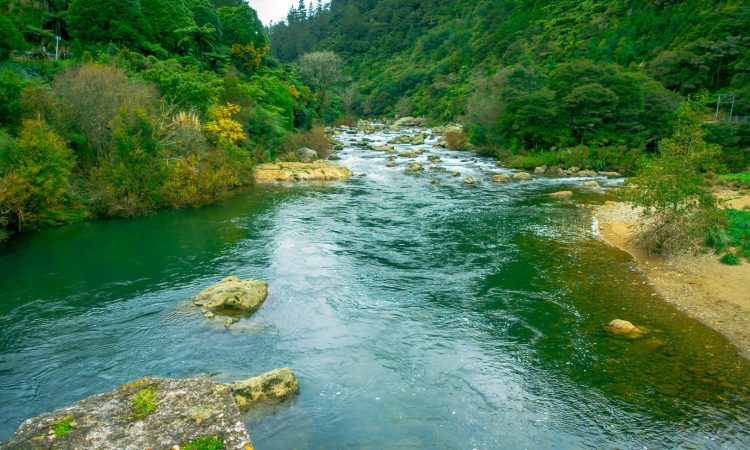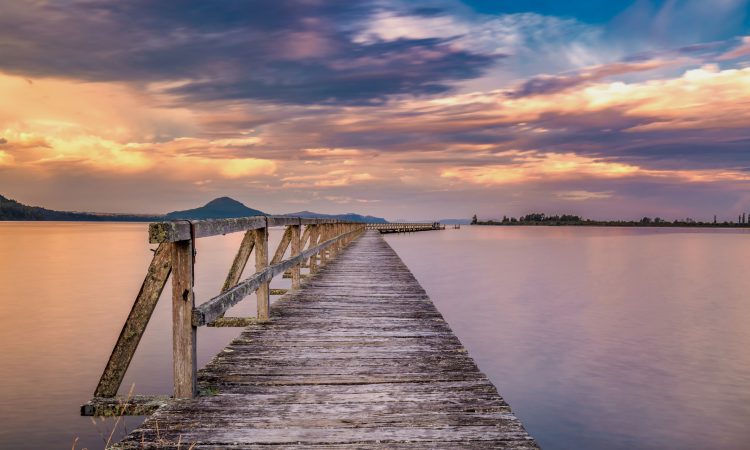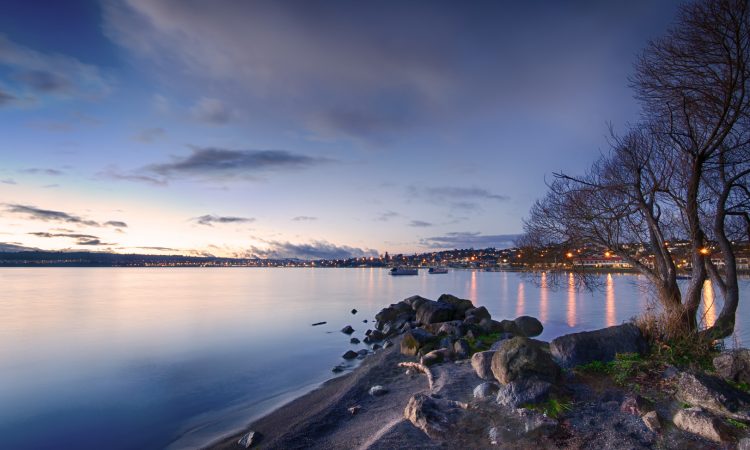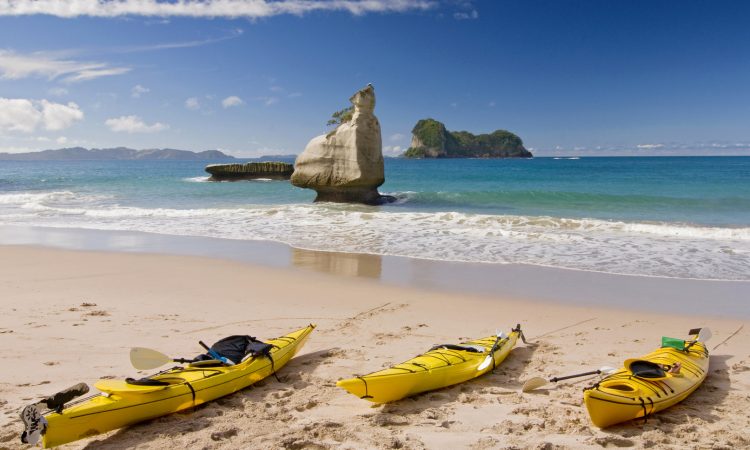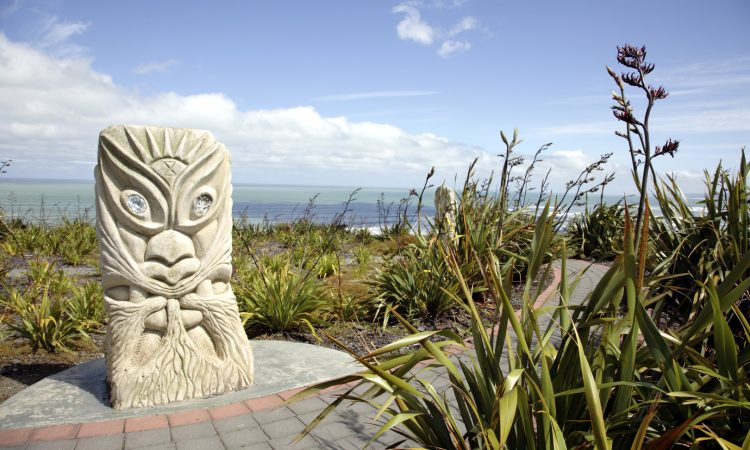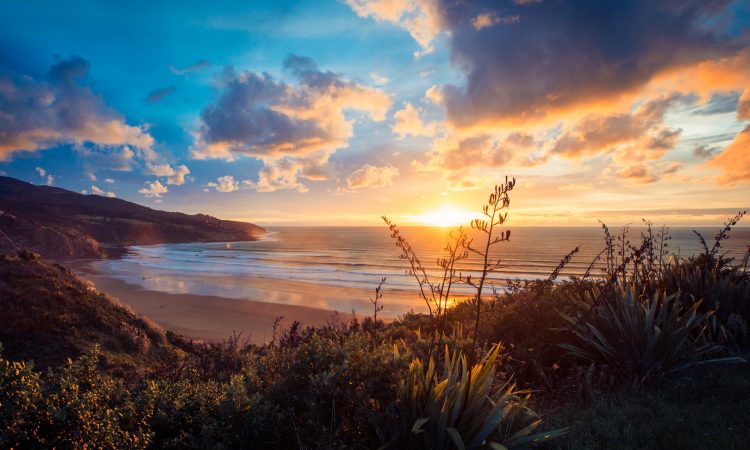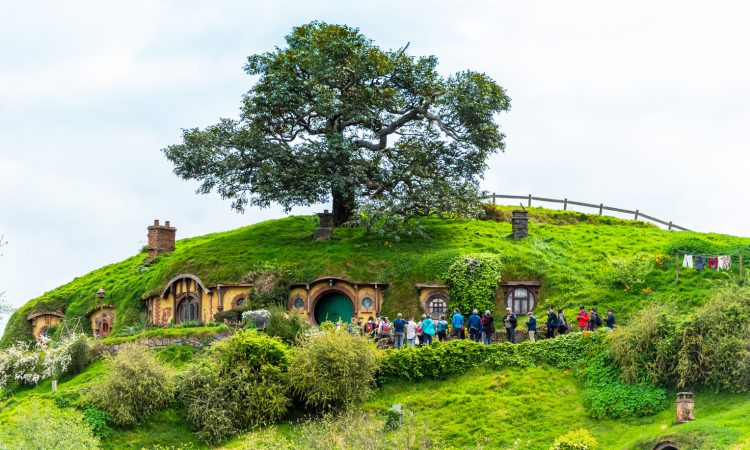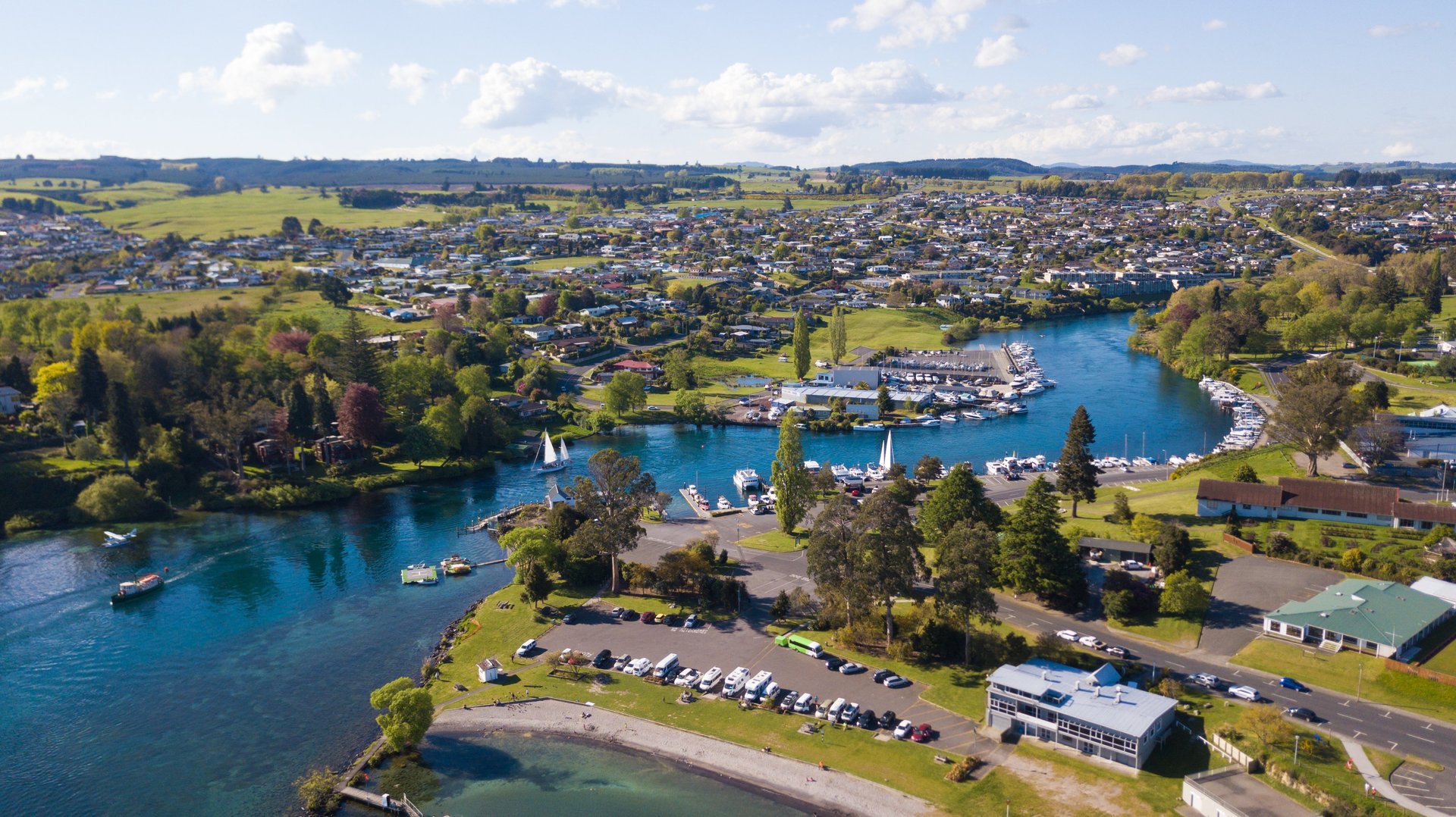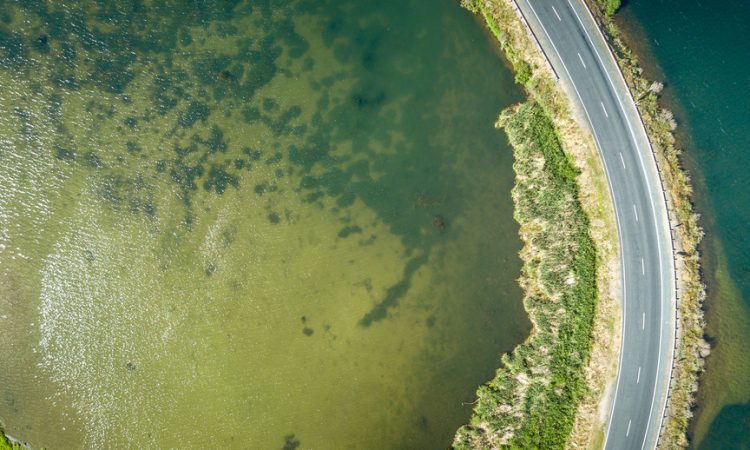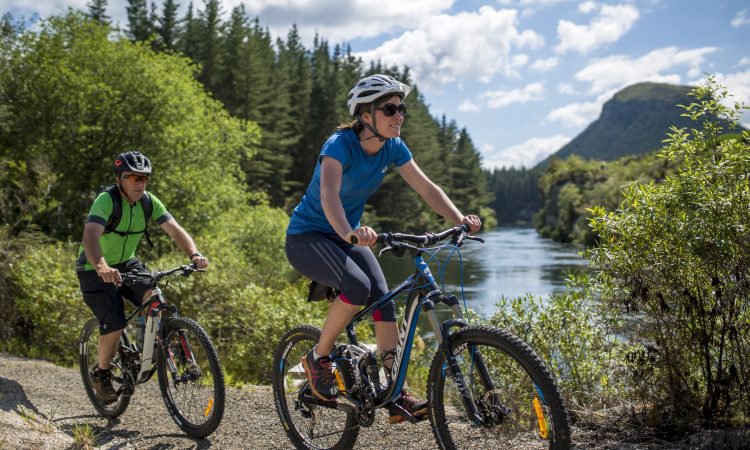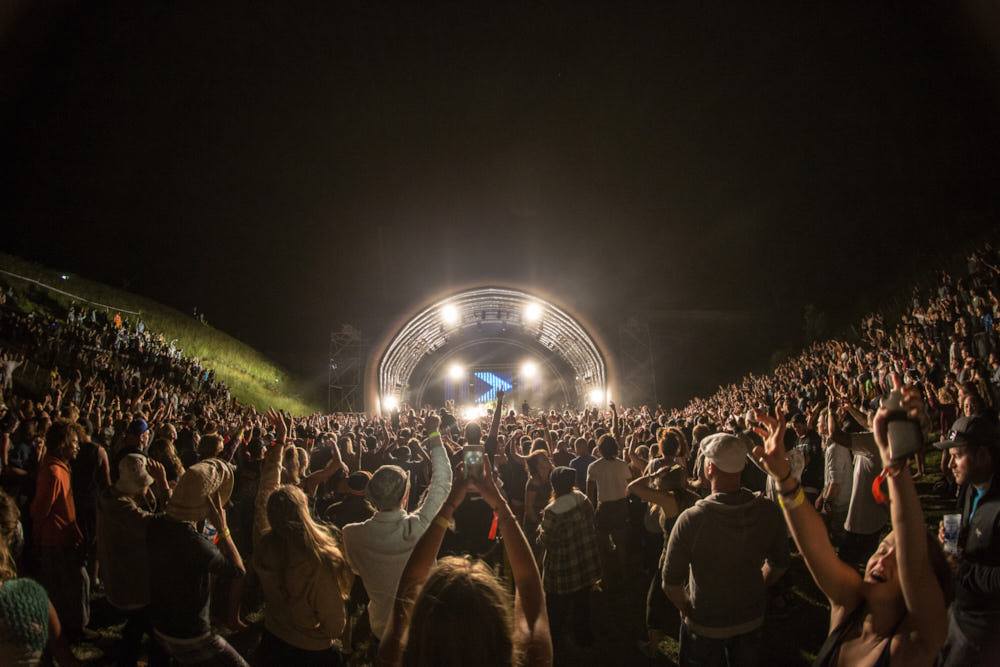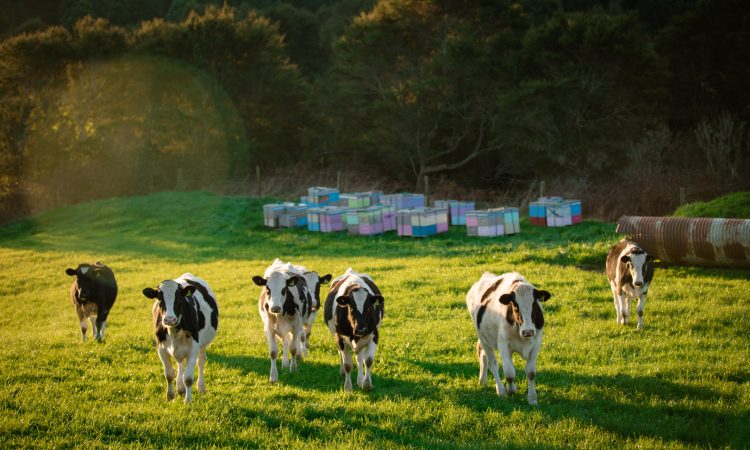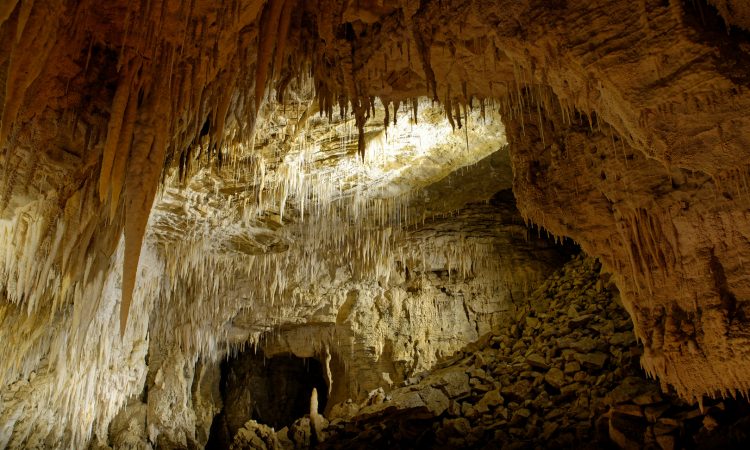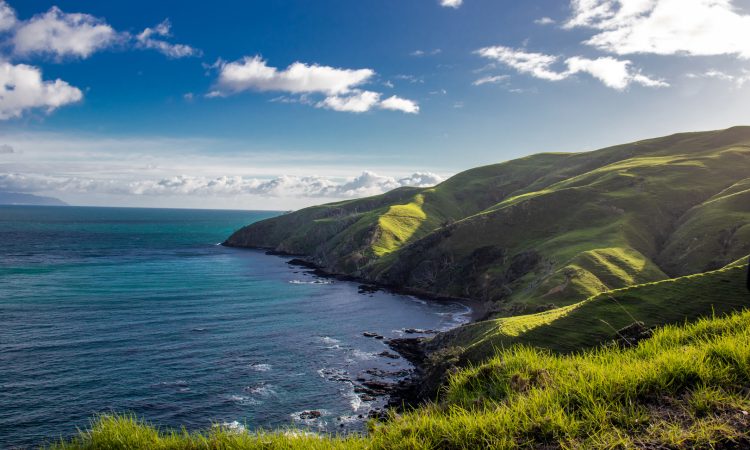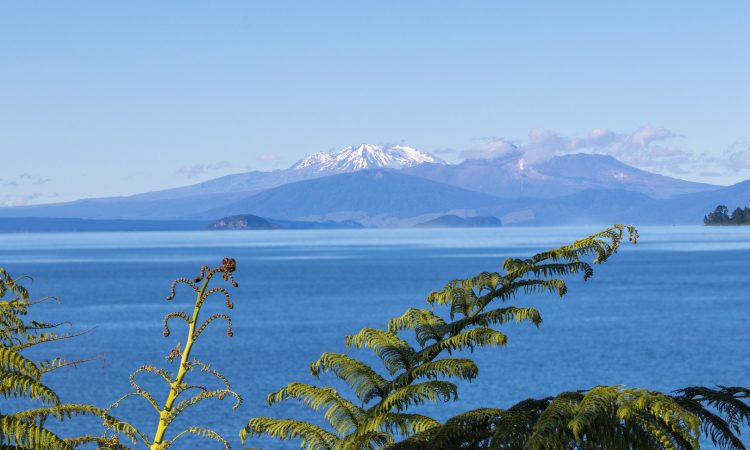Lifestyle
The Waikato region, located in the central North Island of New Zealand, is a place of stunning natural beauty, vibrant communities, and endless opportunities for those who choose to make it their home. Whether you are looking to study, work, raise a family, open a business, or retire, the Waikato offers something for everyone.
One of the most appealing aspects of living in the Waikato is the affordable cost of living. Housing in the region is relatively affordable compared to other areas of New Zealand, making it an attractive option for those looking to buy a home or rent a property. Additionally, the cost of groceries, utilities, and other essentials is also lower than in many other parts of the country.
Another key factor that makes the Waikato an attractive place to live is the welcoming and friendly communities. The region is known for its strong sense of community and supportive networks, making it an ideal place for families to raise children. The Waikato also has a diverse range of cultural and social events throughout the year, which bring people together and foster a sense of belonging.
The Waikato region is also an excellent place to study, with a range of high-quality educational institutions. The University of Waikato, for example, is renowned for its world-class research facilities and innovative programs, while Wintec (Waikato Institute of Technology) offers vocational training and practical skills for a range of industries. The region also has several excellent schools, both public and private, providing children with a quality education.
For those looking for employment opportunities, the Waikato has a diverse range of industries, including agriculture, tourism, and manufacturing. The region is also home to several large businesses, such as Fonterra and Gallagher, providing job opportunities in a range of fields. Additionally, the Waikato is located within easy reach of Auckland, which has a thriving job market and is home to many major companies.
In terms of recreational activities, the Waikato has plenty to offer. The region is known for its stunning natural beauty, with attractions such as the Waitomo Caves, the Hobbiton Movie Set, and the stunning Coromandel Peninsula within easy reach. There are also many parks and recreational areas throughout the region, providing excellent opportunities for hiking, biking, and other outdoor activities.
Finally, the Waikato is an ideal location for retirement, with a range of retirement communities and assisted living facilities available. The region has a warm and temperate climate, making it an ideal place for seniors who enjoy outdoor activities. The Waikato also has a range of health care facilities, providing access to quality medical care.
Towns and councils
When moving to a new place in New Zealand, it’s crucial to consider the local government’s role in the community. Visit their website to make an informed decision. Review their services and get a sense of their views towards residents.
The Waikato region, located in the heart of New Zealand’s North Island, is a diverse and beautiful area, with a range of cities, towns, and districts to explore. From bustling urban centers to rural communities, there is something for everyone in the Waikato.
Hamilton, the largest city in the region, is a thriving hub of activity, with a lively arts and culture scene, great shopping and dining, and a range of parks and outdoor spaces. It is also home to the University of Waikato, one of the top universities in the country, as well as a number of museums, galleries, and theaters.
Taupo, located in the center of the North Island, is a stunning destination known for its crystal-clear lake, majestic mountains, and world-renowned geothermal activity. It is a popular spot for outdoor activities, such as hiking, fishing, and skiing, and is home to a range of hotels, motels, and resorts.
The South Waikato district is a beautiful area located south of Hamilton, known for its rolling hills, verdant forests, and picturesque towns. It is a great place to explore New Zealand’s natural beauty and enjoy outdoor activities such as hiking, biking, and fishing.
The Waikato district, located north of Hamilton, is a rural community with a rich history and strong sense of community. It is home to a variety of small towns and villages, each with its unique character and charm, and is a great place to experience rural New Zealand.
The Coromandel is a stunning peninsula located on the eastern coast of the region, known for its pristine beaches, rugged coastline, and lush rainforests. It is a popular spot for camping, hiking, and water sports, and is home to a variety of charming towns and villages, such as Whitianga and Coromandel town.
Waipa is a district located to the west of Hamilton, known for its stunning countryside, historic sites, and award-winning wineries. It is a great place to explore New Zealand’s agricultural heritage and enjoy outdoor activities such as hiking and cycling.
Overall, the Waikato region is a diverse and beautiful area, with a range of cities, towns, and districts to explore. From bustling urban centers to rural communities, there is something for everyone in the Waikato. Whether you’re looking to explore New Zealand’s natural beauty, experience its rich culture and history, or simply relax and enjoy the laid-back lifestyle, the Waikato has something to offer for everyone.
Housing
The Waikato region is a popular destination for those looking for a place to call home. With a mix of rural and urban areas, it offers a diverse range of housing options. The region is home to some of the most expensive and exclusive suburbs in New Zealand, as well as more affordable areas that offer great value for money.
One of the most expensive areas in the Waikato region is the city of Hamilton, with an average house price of around $800,000 in 2023. Hamilton East and St. Andrews are particularly sought after suburbs, with an average house price of around $950,000 and $1.2 million respectively. On the other hand, there are more affordable areas such as Nawton and Frankton, with an average house price of around $600,000 and $550,000 respectively.
The Coromandel Peninsula is another popular area in the Waikato region, known for its stunning natural beauty and laid-back lifestyle. While house prices here are generally higher than other areas in the region, there are still some great value options available. The town of Thames is an up-and-coming area, with an average house price of around $630,000, while the coastal towns of Whangamata and Tairua have an average house price of around $820,000 and $1.1 million respectively.
For those looking for a quieter lifestyle, the South Waikato district offers great value for money, with an average house price of around $410,000 in the town of Tokoroa. The Waikato district also offers affordable options, with an average house price of around $560,000 in the town of Huntly.
When it comes to housing options, the Waikato region has something for everyone. There are plenty of apartments available in the more urban areas such as Hamilton and Taupo, as well as lifestyle blocks and rural properties in the more rural areas. Suburban living is also popular, with a range of options available from older character homes to modern new builds.
Overall, the Waikato region offers a range of housing options to suit any budget or lifestyle. With a mix of urban and rural areas, there is something for everyone here.
Employment
The Waikato Region is a diverse area, with a wide range of employment opportunities in various industries. The region has a population of over 500,000 and is home to the city of Hamilton, which is the main economic hub of the region.
One of the main industries in the Waikato is agriculture, with dairy farming being the primary focus. This sector employs a significant portion of the population, and there are often skill shortages in this area, particularly in the field of agricultural science and technology. The region is also home to a significant forestry industry, which provides employment opportunities in the areas of management, harvesting, and processing.
Another growing industry in the region is manufacturing, with a particular focus on high-tech manufacturing. The Waikato has a strong research and development sector, which supports this industry’s growth. There is a significant need for skilled workers in this area, with shortages in fields such as engineering, technology, and design.
The healthcare industry is also significant in the Waikato, with several hospitals and healthcare providers located in the region. There is a high demand for healthcare workers, particularly in the field of nursing, with shortages in this area.
In terms of location, the city of Hamilton is where the most jobs are located, with the city’s economy being diverse and expanding rapidly. The city is home to several large employers, including Fonterra, Gallagher Group, and Hamilton City Council. The Waikato also has a thriving tourism industry, with the Waitomo Caves and the Coromandel Peninsula being popular tourist destinations. This industry provides employment opportunities in the areas of hospitality, tourism management, and guiding.
The average household income in the Waikato region is around $95,000, which is higher than the national average. However, this varies depending on the industry and location. For example, the average income in Hamilton is higher than in rural areas.
There are several skill shortage areas in the Waikato, including engineering, technology, agriculture, and healthcare. There are also opportunities in the creative industries, such as design and marketing. The region is also experiencing growth in the trades sector, with demand for skilled workers in construction and electrical trades.
In terms of education and training, the Waikato region has several universities, polytechnics, and other training providers. The University of Waikato is located in Hamilton and is a significant employer in the region. There are also several polytechnics and vocational training providers that offer courses in a range of fields, including agriculture, engineering, healthcare, and trades.
Overall, the Waikato region has a diverse employment market, with opportunities in several growing industries. There are skill shortages in several areas, particularly in agriculture, technology, and healthcare. The average household income is higher than the national average, and there are opportunities for education and training in various fields.
Transport
The Waikato region has a well-developed transport network that connects the region with other parts of the country. The region has access to road, rail, and air transport systems.
Road transport in the Waikato is primarily served by the State Highway network. The region has three major highways that run through it: State Highway 1, State Highway 3, and State Highway 39. State Highway 1 is the main highway that runs through the region, connecting it with Auckland to the north and Wellington to the south. The region also has an extensive network of local roads that provide access to smaller towns and rural areas.
The Waikato region is also well-served by rail transport. The North Island Main Trunk Railway (NIMT) runs through the region, providing both passenger and freight services. The NIMT connects the region with Auckland and Wellington, as well as other parts of the North Island. The Waikato also has several local railway lines that connect smaller towns and rural areas.
The region is served by two airports: Hamilton Airport and Taupo Airport. Hamilton Airport provides daily flights to Auckland, Wellington, Christchurch, and other regional centres. Taupo Airport provides daily flights to Wellington and Auckland.
The Waikato region has a number of public transport options, including buses and trains. Bus services are provided by several companies, including Go Bus and Waikato Regional Council. The Waikato Regional Council also operates the Waikato Regional Transport Network, which provides a range of bus services throughout the region. The region also has a train service, operated by KiwiRail, which connects Hamilton with Auckland and Wellington.
Migrant Support Services
Here are some migrant support services available in the Waikato region along with their contact details:
-
Waikato Migrant Centre: provides assistance to migrants, refugees, and new settlers to the Waikato region with settlement, employment, education, health, housing, legal and other social services. Contact details: Address – Level 1, Garden Place, Hamilton 3204; Phone – 07 839 4688; Email – info@migrantwaikato.org.nz
-
New Zealand Red Cross Waikato Migration Programme: offers support to new migrants, former refugees, and their families to help them settle into their new communities in the Waikato region. Contact details: Address – 422 Te Rapa Road, Te Rapa, Hamilton 3200; Phone – 07 849 0285; Email – waikato@redcross.org.nz
-
Settlement Centre Waikato: provides support and advice to migrants, refugees, and new settlers in the Waikato region with their settlement process, including employment, education, housing, and social integration. Contact details: Address – Level 2, Westpac Building, 430 Victoria Street, Hamilton 3204; Phone – 07 853 2192; Email – info@scw.org.nz
-
Multicultural Council of Waikato: offers services and support to migrants and refugees living in the Waikato region through advocacy, social events, networking, and educational programmes. Contact details: Address – 4 London Street, Hamilton 3204; Phone – 07 838 2529; Email – info@mcw.org.nz
-
English Language Partners Waikato: provides English language training and support to migrants and refugees living in the Waikato region to help them improve their language skills and integrate into their new communities. Contact details: Address – Level 1, 6 Bryce Street, Hamilton 3204; Phone – 07 838 2450; Email – waikato@englishlanguage.org.nz
Healthcare and Age Care
The Waikato Region offers a range of healthcare services, including public and private hospitals, clinics, dentists, optometrists, chiropractors, physios, and acupuncturists. Residents in the region have access to quality medical care across a variety of specialties.
Public hospitals in the Waikato Region include Waikato Hospital in Hamilton, Thames Hospital, Tokoroa Hospital, and Te Kuiti Hospital. These hospitals provide a range of services, including emergency care, surgery, and specialist medical care. Private hospitals in the region include Braemar Hospital in Hamilton and Southern Cross Hospital in Hamilton.
In addition to hospitals, there are numerous medical clinics and practices throughout the region, providing general medical care, specialist care, and a range of health services. Residents can also access dental services at a variety of dental clinics and practices, as well as optometry services at optometrists located throughout the region.
For those seeking alternative or complementary medical care, there are chiropractors, physios, and acupuncturists located throughout the Waikato Region. These practitioners offer a range of services, including spinal adjustments, massage therapy, and acupuncture.
For older residents, the Waikato Region offers a range of retirement and age care options. These include independent living options such as retirement villages, as well as rest homes and care facilities for those who require additional support. Some of the retirement villages located in the Waikato Region include Cambridge Oaks Retirement Village, and Metlifecare The Orchards.
Overall, the Waikato Region provides a comprehensive range of healthcare services for residents, including access to hospitals, medical clinics, dental and optometry services, alternative health practitioners, and retirement and age care options.
Childcare
The Waikato Region offers a range of childcare options for families with young children. In addition to traditional kindergartens and childcare centers, there are also businesses that cater specifically to young children, such as play centers and activity centers.
Kindergartens are typically government-funded and offer a play-based learning environment for children aged 2-5 years old. Some of the kindergarten providers in the Waikato Region include Waikato Kindergarten Association and Kidsfirst Kindergartens.
Childcare centers, on the other hand, offer a more structured environment for children and cater to a range of age groups from infants to preschoolers. Some of the childcare center providers in the Waikato Region include Kindercare Learning Centres, Early Years Learning Centre, and ABC Learning Centre.
In addition to traditional childcare options, there are also businesses that cater to young children in the Waikato Region. For example, Chipmunks Playland & Cafe in Hamilton offers a play center and cafe for children aged up to 11 years old, and Little Monkeys in Te Awamutu offers a soft play and activity center for children aged 0-8 years old.
For parents with young children, there are also a range of support services available in the Waikato Region. These include parenting courses, playgroups, and home-based support services such as Plunket and Barnardos. The Waikato District Health Board also offers a range of maternal and child health services, including antenatal classes, breastfeeding support, and well child checks.
Overall, the Waikato Region offers a range of childcare options and support services for parents with young children, making it a family-friendly place to live.
Police and Public Safety
-
Call 111: This is the number to call for all emergencies, including fire, police, and medical.
-
Text 111: If you are unable to speak or hear, you can text 111 to reach emergency services.
-
Use the Emergency Plus app: This app provides your exact location to emergency services, making it easier for them to find and assist you in an emergency.
-
Call 105 to report non-emergencies to the police.
It’s important to remember that 111 should only be used in emergencies. For non-emergency situations, you can contact the relevant service directly.
The Waikato region has a well-organized emergency service network to ensure public safety. In the event of an emergency, the appropriate authorities can be reached by calling 111 from any phone.
In the Waikato region, the emergency services include police, fire, and ambulance services, which are provided by a number of organizations, including the New Zealand Police, New Zealand Fire Service, and St. John Ambulance.
The New Zealand Police have a strong presence in the region, with police stations located in major towns and cities throughout the Waikato. They are responsible for maintaining public order and safety, investigating crimes, and enforcing the law. The police can be contacted by dialing 111 in the event of an emergency, or by visiting a police station in person.
The New Zealand Fire Service provides firefighting and rescue services throughout the Waikato region. They are responsible for responding to fires, natural disasters, and other emergency situations. The fire service can be contacted by dialing 111 in the event of an emergency.
St. John Ambulance provides emergency medical services in the Waikato region. They are responsible for responding to medical emergencies, providing first aid, and transporting patients to hospitals. St. John can be contacted by dialing 111 in the event of an emergency.
In terms of natural disasters, the Waikato region is generally considered to be safe, although like anywhere in New Zealand, it is important to be aware of the potential risks. The region is not prone to earthquakes, but flooding can occur in low-lying areas during heavy rainfall. The region also has a number of active volcanoes, although the risk of eruption is considered to be low.

















































